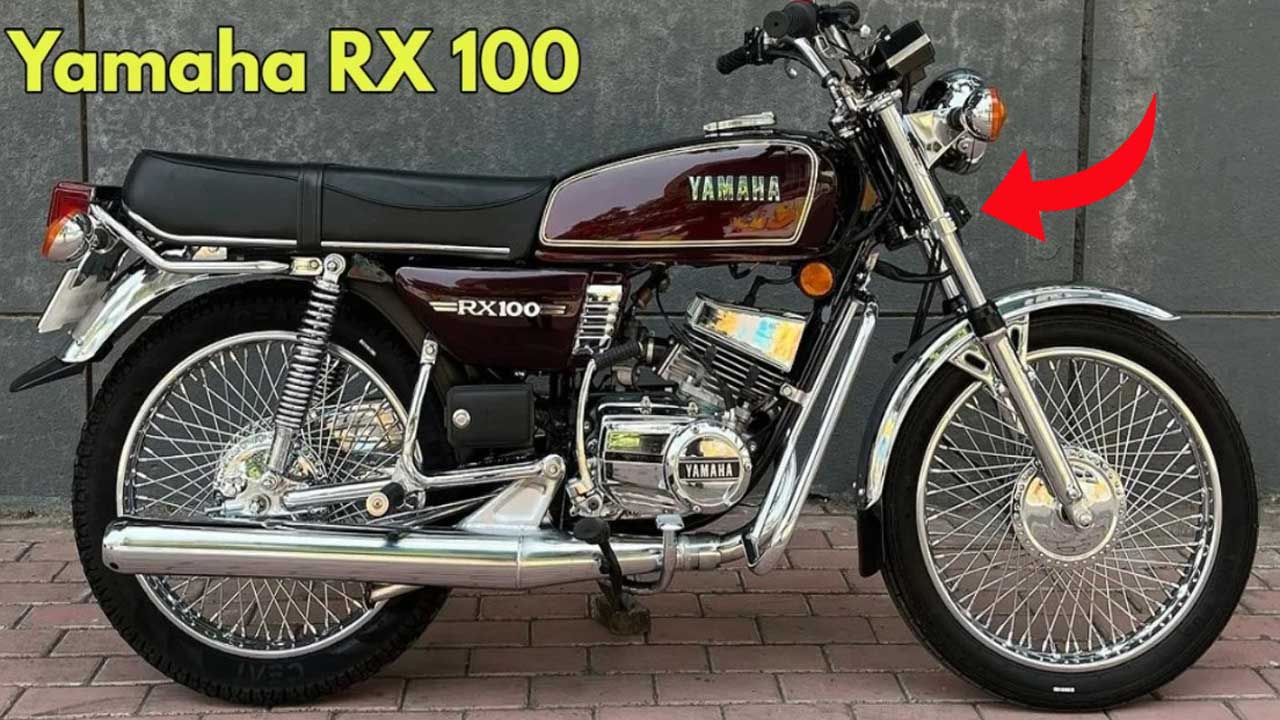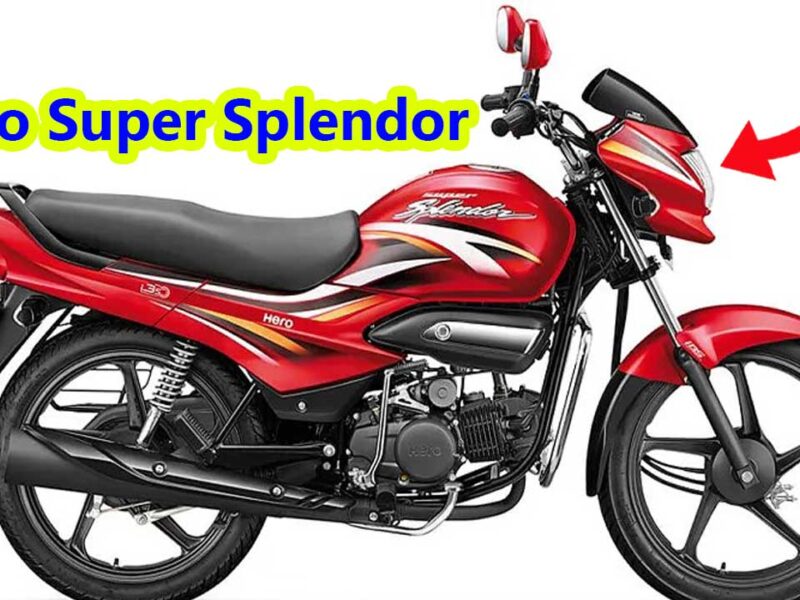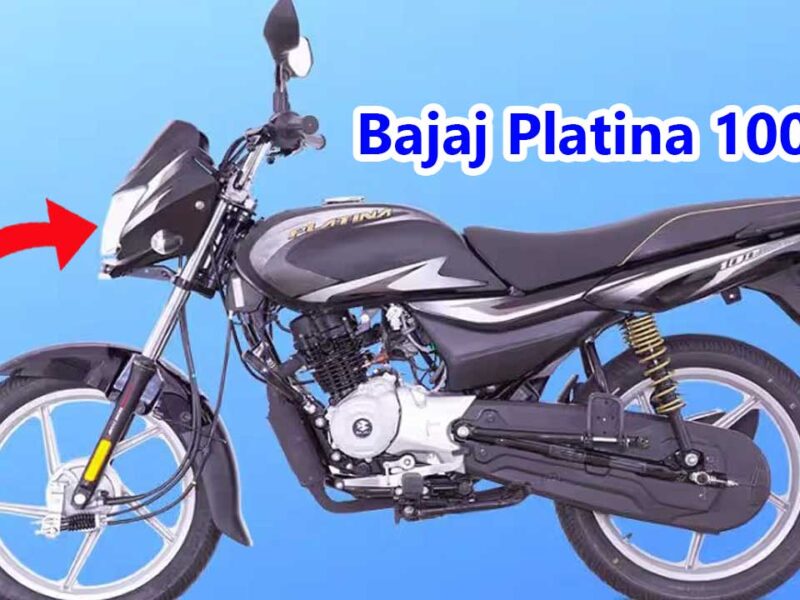Despite its little 98cc motor, the Yamaha RX 100 was a mammoth on the street, advertising unmatched increasing speed, a one-of-a-kind debilitate note, and an elating riding encounter.
In this article, we will cover the history, plan, execution, mileage, highlights, details, stars and cons, competitors, and the plausibility of a comeback for the Yamaha RX 100.
Also Read: Honda Activa 7G: The Extreme Next-Generation Scooter
History of the Yamaha RX 100
Introduction in India
The Yamaha RX 100 was propelled in 1985 as a collaboration between Yamaha Japan and Escorts Bunch in India. It rapidly picked up notoriety for its tall power-to-weight proportion, making it one of the speediest cruisers in its segment.
The Two-Stroke Era
During the late 1980s and early 1990s, two-stroke bikes were in high request. The RX 100, with its spry taking care, fast throttle reaction, and in-vogue looks, got to be a status image among Indian riders.
Discontinuation
Due to strict emanation controls, the generation of the Yamaha RX 100 was suspended in 1996. It was succeeded by the Yamaha RX 135 and RX-Z, which endeavoured to hold the RX bequest with slight modifications.
Design and Styling
Classic and Immortal Design
The Yamaha RX 100 highlighted a straightforward however solid plan, with a circular headlamp, negligible body boards, and a smooth fuel tank. This retro-styling proceeds to draw in collectors and devotees indeed today.
Chrome Components for a Premium Look
The bicycle had chrome-plated curved guards, debilitate, and motor covers, giving it a premium and clean appearance.
Lightweight Chassis for Dexterous Handling
One of the key highlights of the RX 100 was its lightweight chassis, making it simple to move in city activity and on highways.
Colour Options
The RX 100 was accessible in numerous colour choices, including:
- Cherry Red
- Peacock Blue
- Black with Gold Stripes
- Silver Grey
Engine and Performance
High-Performance 98cc Two-Stroke Engine
The Yamaha RX 100 was fueled by a 98cc, single-cylinder, two-stroke motor that delivered 11 bhp at 7,500 rpm and 10.39 Nm of torque at 6,500 rpm. Whereas these numbers may appear little by today’s measures, the RX 100’s lightweight body (103 kg) made it fantastically fast
Acceleration and Beat Speed
The RX 100 was known for its speedy speeding up, coming to 0-60 km/h in fair 7 seconds. The beat speed was around 100 km/h, making it one of the quickest bicycles in its category.
Signature Debilitate Note
The bike’s two-stroke motor created a special and boisterous deplete sound, which got to be a personality for RX 100 riders. Indeed nowadays, devotees alter their RX 100s to reproduce the unique deplete note.
Mileage and Fuel Efficiency
Decent Fuel Economy for a Two-Stroke Engine
Being a two-stroke bicycle, the Yamaha RX 100 was not the most fuel-efficient cruiser. In any case, it is still overseen to convey a mileage of 35-40 km/l in city conditions and around 45 km/l on highways.
Small Fuel Tank Capacity
The RX 100 had a fuel tank capacity of 10.5 litres, advertising a add up to riding run of around 350-400 km per full tank.
Features and Technology
Simple Instrument Cluster
The RX 100 had a fundamental analogue instrument cluster that displayed:
- Speedometer
- Odometer
- Fuel Gauge
Kick-Start Mechanism
Unlike present-day bicycles with self-start, the RX 100 depended on a kick-start instrument, including its retro charm.
Drum Brakes for Halting Power
The bicycle was prepared with drum brakes on both the front and raise wheels. Whereas they were adequate for their time, present-day plate brakes would have given way better halting power.
Rigid Adaptive Forks for Suspension
The adjustable front forks and twin raise stun safeguards give better-than-average suspension execution for city and thruway riding.
Comfort and Ride Quality
Ergonomic Riding Position
The RX 100 had a comfortable, upright riding position, making it appropriate for both brief city rides and long interstate cruises.
Well-Cushioned Seat
The long and well-padded situation guaranteed consolation for both the rider and the pillion.
Lightweight Handling
Weighing fair 103 kg, the RX 100 advertised amazing manoeuvrability, making it perfect for everyday commuting and speedy turns.
Pricing and Availability
Original Cost in the 90s
When it was propelled, the Yamaha RX 100 was estimated around ₹18,000 to ₹20,000, which was considered a premium sum at the time.
Current Showcase Cost (Second-Hand)
Due to its amazing status, a well-maintained Yamaha RX 100 nowadays can take a toll anyplace between ₹80,000 to ₹1.5 lakh in the second-hand market.
Pros and Cons of Yamaha RX 100
Pros:
✅ Lightweight and effective performance
✅ Speedy speeding up and high-speed stability
✅ Famous plan with a retro feel
✅ Simple to alter and customize
✅ Solid fan taking after and tall resale value
Cons:
❌ Moo fuel productivity compared to four-stroke bikes
❌ Need of present-day highlights like circle brakes and electric start
❌ Troublesome to discover unique safe parts
❌ Tall support due to maturing engines
Competitors of Yamaha RX 100 (Amid Its Era)
While the Yamaha RX 100 had no genuine competition in terms of execution, a few of the closest rivals included:
Hero Honda CD 100 – A fuel-efficient elective with a four-stroke engine.
Bajaj KB100 – Another two-stroke bicycle with great performance.
Suzuki AX 100 – Comparative in motor capacity but needed the RX 100’s power.
Even nowadays, no present-day bicycle completely captures the soul of the RX 100.
Will Yamaha Relaunch the RX 100?
Rumours and Expectations
There have been different rumours with respect to the return of the Yamaha RX 100. In any case, due to strict BS6 emanation standards, bringing back a two-stroke motor is about impossible.
Possible Four-Stroke RX 100
Yamaha may consider relaunching the RX 100 with a four-stroke, fuel-injected motor to comply with advanced directions. Be that as it may, whether it holds the same charm remains to be seen.
Electric RX 100?
Some speculate that Yamaha might bring back the RX 100 as an electric motorcycle, keeping its lightweight frame and aggressive performance intact.


